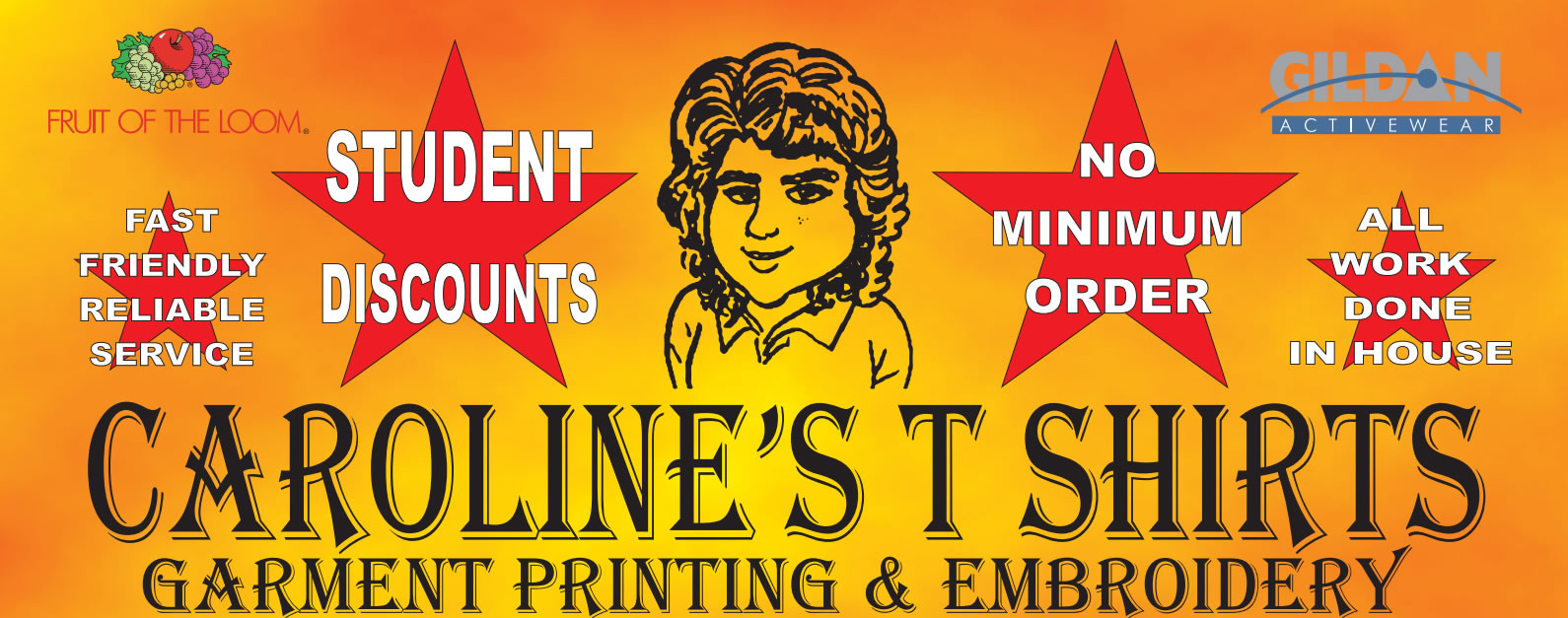The Screen Printing Process
The shirt is placed on a platen and each screen swings around over the top of the shirt. The screen is then brought down and placed on top of the shirt. A squeegee is then pulled over that screen’s ink colour which pushes the ink onto the shirt fabric. That screen is then lifted, carefully off of the shirt (If the shirt moves or is stretched, the next colour will be out of registration). The platen with the shirt is then moved under a flash unit where it dries. Upon curing, the shirt platen is brought back and the next colour screen is swung over the top of it.
When screen printing, one colour at a time is applied and therefore the cost will increase with each additional colour applied. Likewise a separate screen is required for each colour, and hence, screen charges may be uneconomical if only a small quantity of clothing is required.
Screen printed garments wash well, and should not be confused with heat transfer printing which does not look as good or last so well, many t-shirt printing shops use this cheaper method rather than screen printing.
Sublimation mugs, mouse mats and other printables available
